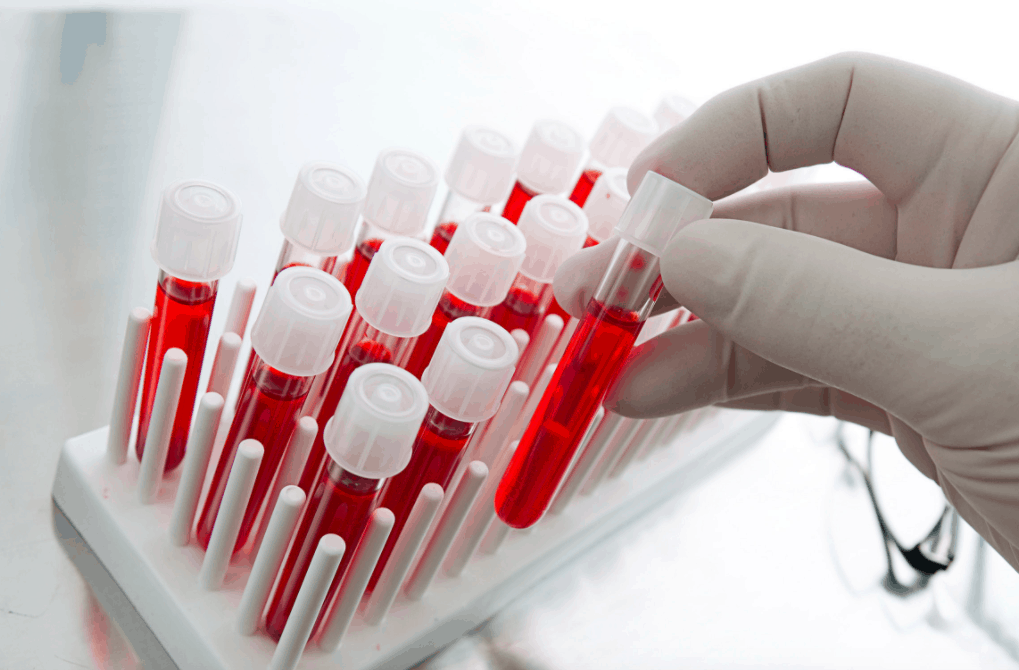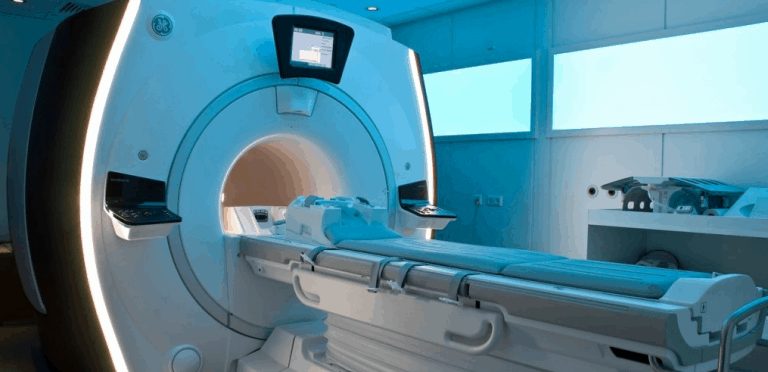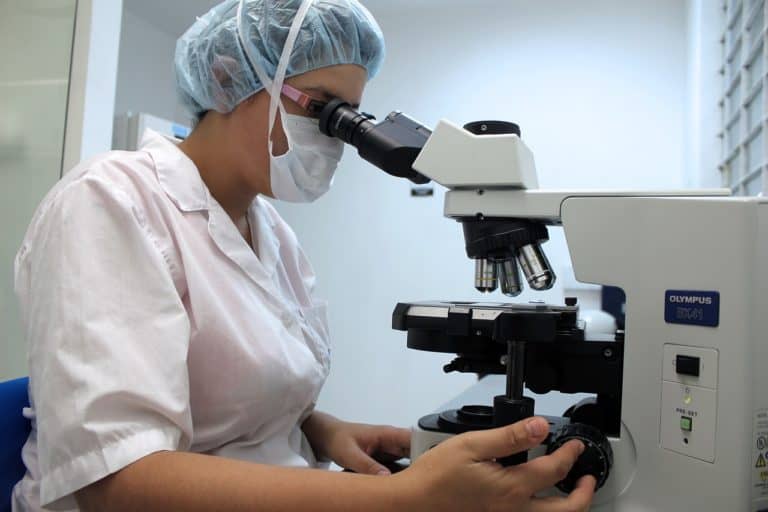At what point does a healthy man’s prostate-specific antigen (PSA) level indicate he may be at risk for prostate cancer? What constitutes a high PSA? The answer to these questions is one that experts do not yet agree upon, which is one reason why over-diagnosis of prostate cancer is a problem.
The findings of a Danish study, however, may help shed some light on the dilemma concerning PSA test numbers. Under direction of Dr. David Orsted of Copenhagen University Hospital, blood samples collected from 4,383 healthy men who participated in the Copenhagen City Heart Study were examined. The goal was to determine if PSA levels could predict the rate of prostate cancer and death in the general population.
During the 28 years of follow-up (1981 through 2009), 170 men developed prostate cancer and 94 died from the disease. An evaluation of the men’s PSA levels showed that the 10-year absolute risk for developing prostate cancer was 11 to 22 percent for men who had a PSA level of 4.01 to 10.00 ng/ml compared to a 37 to 79 percent risk for men who had PSA levels greater than 10.00 ng/ml.
The PSA is a protein produced by the prostate gland. Although most PSA stays in the prostate gland and semen, small amounts are found in the bloodstream, where it can be measured using a blood test.
An elevated PSA can occur when the prostate becomes inflamed because of infection or benign prostatic hyperplasia, or in the presence of prostate cancer. However, there are other reasons why men may have high PSA levels that are unrelated to prostate cancer.
Dr. Orsted acknowledged that “one of the major problems in prostate cancer is over-diagnosis,” and he explained the benefits of their findings. “Our results indicate that physicians could focus screening efforts on men with higher baseline prostate specific antigen values while men with lower levels could avoid having frequent and unnecessary diagnostic examinations. This could reduce over-diagnosis and unnecessary treatment for prostate cancer as well as reduce expenditure in already strained healthy systems.”
The results of this study, which were presented at the 2011 European Multidisciplinary Cancer Congress in Stockholm, may provide men and their doctors with some help with prostate cancer screening. According to Professor Hein Van Poppel, director of the European School of Urology and a spokesperson for the European Society for Medical Oncology:
“It could well be that screening needs to start at an age where there is no interference from the benign prostatic hyperplasia in PSA production, i.e., at age 40; by repeating the PSA measurement at 45 and 50 years old, the PSA slope can probably recognize those with a high likelihood of ever developing cancer, but also those who will not need further screening because their chance of ever developing significant prostate cancer is not significant.”
This information may be helpful for men who are concerned about when to have their PSA levels checked as part of prostate cancer screening.
Source
Medscape Medical News from the 2011 European Multidisciplinary Cancer Congress







